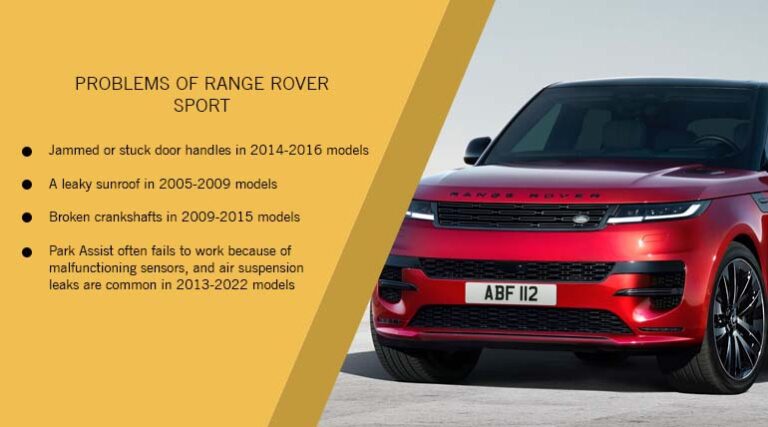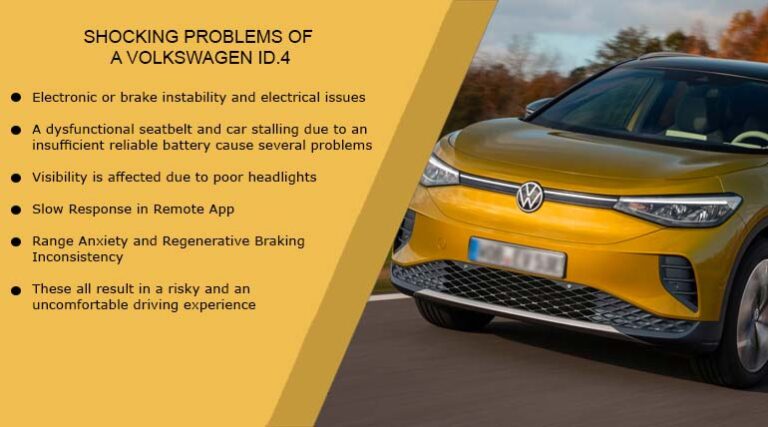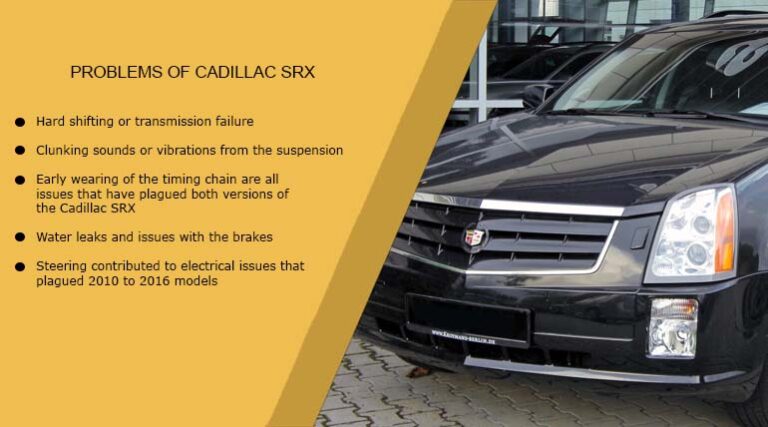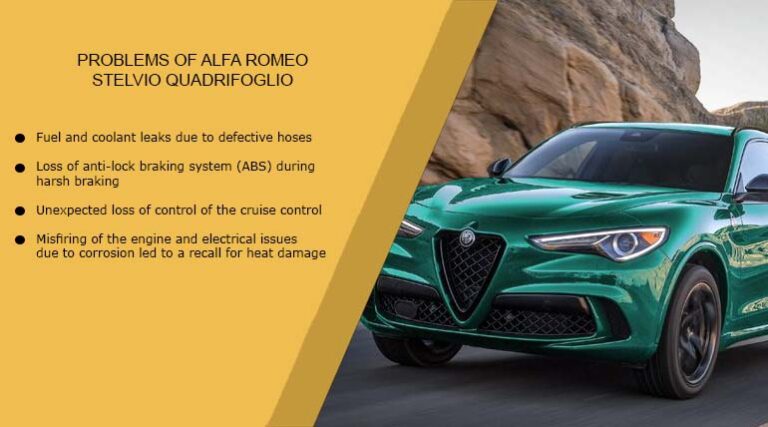Unveiling 10 Most Common Issues of Hyundai Kona
The Hyundai Kona, introduced in 2017, has quickly become a small sport utility vehicle (SUV) best-seller. The Kona is an intriguing option for those beholding environmentally responsible car due to its attractive exterior, high-tech amenities, and electric versions. The Hyundai Kona is a great car, but it’s not immune to the usual hassles experienced by car owners. This article will investigate the 10 most common issues of Hyundai Kona, explaining their causes and suggesting ways to fix them.
Overview
Below is provided a brief overview for you to have a kick-start on the common problems of the Hyundai Kona;
To summarize, Hyundai Kona’s most serious issue is its propensity to have engine fires. In addition, reports of failing brakes, batteries catching fire, and issues with the vehicle’s speed regulator were received. The blind-spot collision warning system on the Kona is notorious for turning off unexpectedly. The Hyundai Kona is just a few years old, so maybe Hyundai can iron out the kinks in future iterations.
10 Most Common Issues of Hyundai Kona You Must Know!
following are the 10 most common issues of Hyundai Kona;
1. Battery Range and Charging
The Hyundai Kona Electric has a respectable driving range, but its battery life varies from owner to owner. The battery’s range may be shortened by variables like high temperatures, fast driving, or the usage of extra functions. Some users have also voiced frustration about sluggish charging speeds or other charging issues. There is a possibility of lessening the severity of these problems by using best charging practices, installing suitable charging infrastructure, and frequent software upgrades.
2. Transmission Issues
Scarce reports of transmission-problems are present with the Hyundai Kona. There have been reports of noisy shifting, delayed engagement, and other anomalies. These problems might indicate a failing transmission control module or the need for a software upgrade. If you’re having issues with your Hyundai, you should take it to a Hyundai service facility.
3. Windshield and Glass Problems
Several Kona owners have reported problems with the windshield or other glass components, such as chips, cracks or even smashed panes. It’s possible that things like temperature swings and road debris are to blame for these accidents. Minor windshield damage may be mitigated by fixing it immediately and installing a protective coating.

4. Paint Quality
The Hyundai Kona has an attractive appearance, but some owners have complained about the quality of the paint. There have been reports of premature peeling, fading, and chipping. It is possible to keep the paint in good condition and reduce the likelihood of future problems by doing routine maintenance, washing and waxing the car often, and fixing any paint damage immediately.
5. Suspension Noise
Clunks and rattling noises coming from the suspension have been noticed by certain Hyundai Kona owners. Loose or worn suspension parts might be the cause of these sounds, just like present in Honda Civic Hybrid. Such problems may be fixed with a professional examination and, if necessary, the replacement of damaged components, resulting in a more peaceful and undisturbed drive.
6. Electrical System Malfunctions
A small number of Kona owners have reported electrical difficulties, such as the infotainment screen not working, poor connection, and faulty sensors. Updating the software, restarting the system, or replacing the damaged parts may fix these issues.
7. HVAC and Cooling System
Some Kona owners have complained about issues with the HVAC system, including insufficient cooling, inconsistent temperature management, and strange sounds. A breakdown in HVAC controls, a loss of refrigerant, or a broken compressor might all lead to these problems. A consultation with a qualified specialist may aid in pinpointing the source of the issue.
8. Brake Problems
Many Kona drivers have complained about brake issues such as squeaking sounds, decreased stopping power, and early wear. Worn brake pads, a damaged rotor, or a lack of braking fluid might all contribute to these problems. Problems with the brakes may be avoided by routine maintenance, the prompt replacement of worn-out parts, and careful usage.
9. Steering System Issues
Certain Hyundai Kona drivers have complained of steering problems, including stiffness, vibration, and a drifting feeling. Wheel alignment, suspension, and power steering system issues may all contribute to these issues. Wheel alignment, suspension examination, and power steering system diagnostics are all tasks that are best left to the experts. Steering problems are also present in many other SUVs such as Range Rover Evoque.
10. Fuel Efficiency Variations
Some Kona drivers have complained about inconsistent fuel economy, claiming their vehicles get fewer miles per gallon than advertised. How much gas you use depends on a number of variables, including how you drive, the weather, and how well you take care of your car. Fuel economy may be improved by following maintenance schedules, reducing aggressive driving, and adopting other fuel-efficient behaviors.
Hey, own a Hyundai Sonata Hybrid? Read more about its problems in our recently covered article.
Frequently Asked Questions (FAQ)
Hyundai Kona the Most Awful Year
Hyundai Automobiles have a reputation for producing high-quality vehicles. While this is true for certain Hyundai Kona models, it is not universal. The Hyundai Kona 1.6T Turbo is the best option if you’re looking to acquire one. It’s the top-tier trim level with no troubles at all.
The Kona EV and the Kona with the 2.0-liter engine are both bad choices. They’ve been called back more than once. A client has also expressed frustration with the slow pace at which recall service is provided.
Poor quality control and reliability mean that 2018 models are on our “Years to Avoid” list. The malfunction of the car’s high-tech security features has left it open to attack. The age of huge crossover vehicles is dawning, and security is paramount.
Hyundai Kona the Best Awful Year
The Honda Kona 2019 is the most reliable option. This year’s model has fewer issues and an electric vehicle option. While it retains a few problems that plagued earlier versions, it greatly improves upon them to make the vehicle safer for its occupants. Some of the early difficulties have also been resolved.
Hyundai Kona years 2018 and 2021 have been plagued by several serious issues, including those we’ve already discussed. The best Hyundai Kona to purchase is the one with the 1.6-liter turbocharged engine. If properly cared for, it may easily endure for 200,000–250,000 miles or more. This is the most dependable and trouble-free alternative. Already receiving high marks for safety, future versions of this vehicle will certainly iron out any lingering problems.
Conclusion
With its sleek exterior and high-tech interior, the Hyundai Kona makes a lot of its owners happy on the road. However, certain Kona owners may have typical problems, as is the case with every car. Hyundai Kona owners may mitigate the aforementioned issues and further appreciate the advantages of this popular small SUV by seeking expert advice, performing routine engine maintenance, and practicing safe driving practices.






